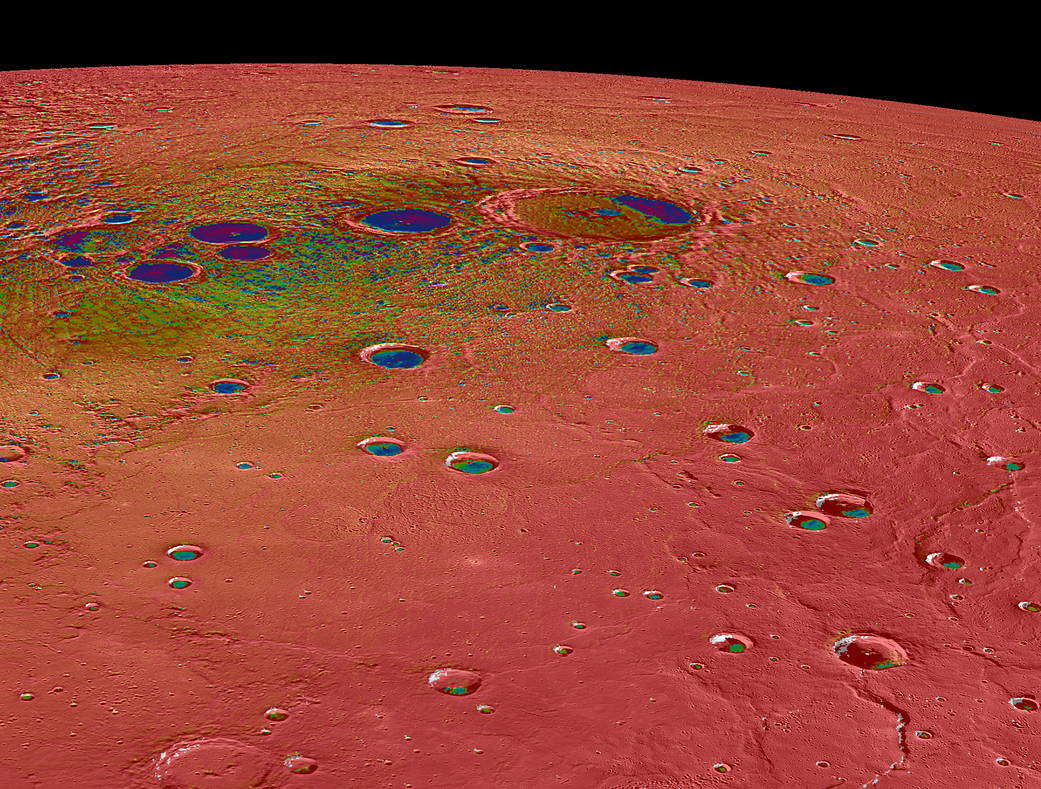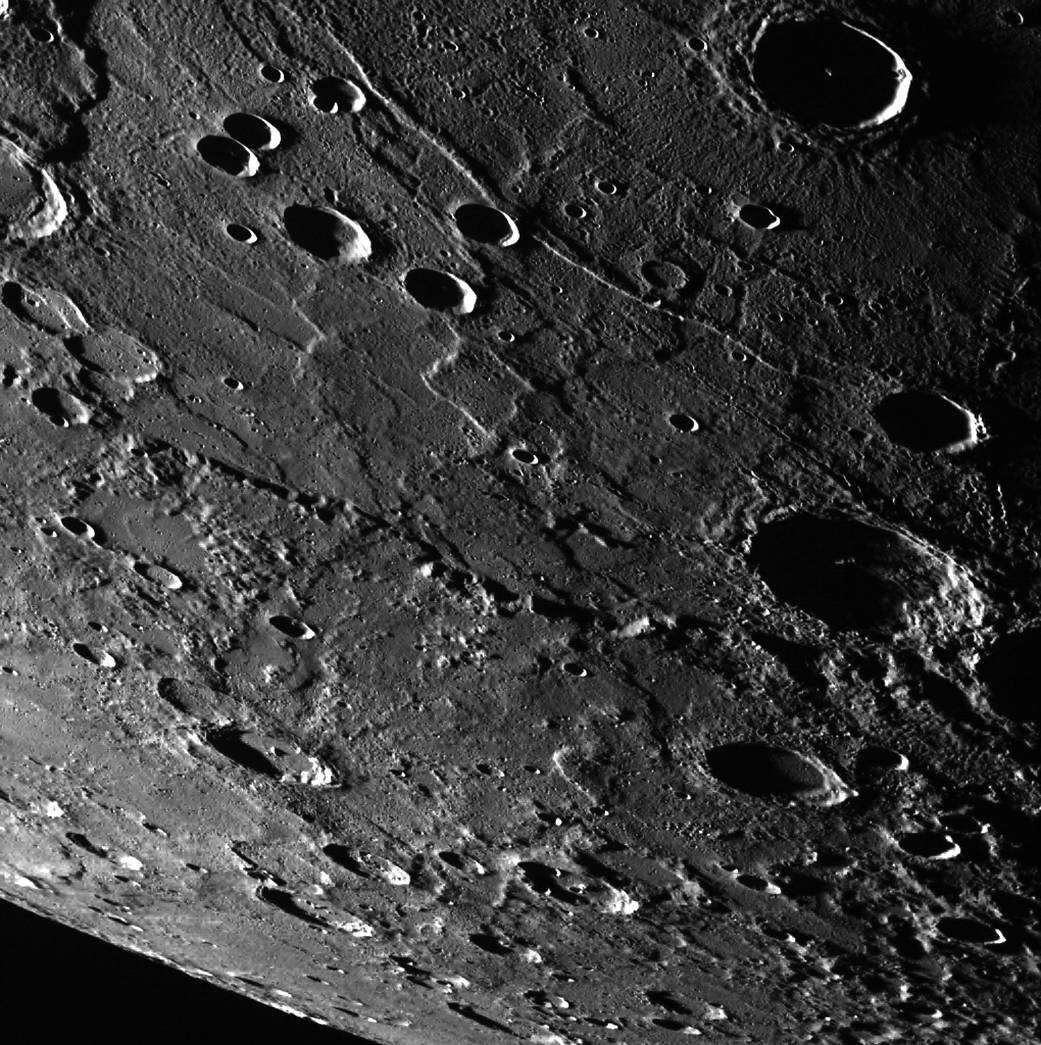Create a free profile to get unlimited access to exclusive videos, sweepstakes, and more!
Mercury has a ginormous iron core, because magnetism

Mercury is only a third the size of Earth. How, then, did it get such a gargantuan iron core, at least relative to its size?
The reason Mercury’s core is so huge had been mistaken until now. Scientists thought it was born from a series of massive collisions in the early solar system, with the culprits being other objects that knocked out much of the smaller planet’s surface and left it with such a sizeable and dense metal core. Now a new study has found it was the Sun’s intense magnetism that drew iron particles through the protoplanetary cloud Mercury was forming in.
Solar magnetism explains why embryonic planets that developed closer to the Sun billions of years ago took more of its iron into their cores. Geologists William McDonough from the University of Maryland and Takashi Yoshizaki from Tohoku University in Japan investigated this and recently published a study in Progress in Earth and Planetary Science. Existing models of planetary formation helped them figure out the speed at which gas and dust were being pulled into the center of the nascent solar system.
“The velocity of the gas and dust will vary with time and place in an accreting system,” McDonough told SYFY WIRE in an interview. “As material is drawn towards the gravitational center, its velocity will increase due to the ever-increasing gravitational attraction. This is due to the combined forces of the proto-Sun growing in size and material being closer to the Sun and thus sensing its gravitational field."
It was the Sun’s magnetic field that controlled raw materials floating around in the early universe. Both our star and surrounding planets emerged from a protoplanetary disc of gas and dust, eventually settling into prograde (from east to west as opposed to retrograde) orbits and sometimes falling into shared rotation. It can take up to 10 million years for the dust of protoplanetary discs to clear — which is still pretty fast in cosmic terms. The physical and chemical properties of the disc evolve with it, including composition of the star or stars and planets within.
What McDonough and Yoshizaki found was that there is a gradient of iron content in the planetary cores in the solar system, with the most iron found in Mercury’s core, decreasing gradually as you pull further away from Venus to Earth to Mars. Less and less iron is found in the planets beyond. All that iron was swirling around the protoplanetary disc to begin with. The Sun’s powerful magnetic field kept drawing grains of that iron towards it, and the cores of planets that formed in its close vicinity picked up more of that iron than more distant bodies.
There were other elements that often joined the iron particles that stuck together to form a planet’s core. Most of the phosphorus on Earth, a staggering 90 percent, is found in its core. “This is really a question of the differences in processes controlled by physics versus chemistry,” he said. “Metallic particles are pulled by electromagnetic forces due to the electric field they create by the shapes of their electron orbits. Iron-nickel particles can be thought of as ferromagnets. Phosphorus is incorporated into the forming metallic phase that is condensing out of the solar nebula.”
Magnetism is something that could not previously be measured in exoplanets by observing them from terra firma. Instead, scientists would study the spectra of the star those planets orbited to see what that star was made out of depending on what wavelengths of radiation it emitted. It was then assumed that the planets within the star system in question were probably made of the same stuff. What McDonough discovered means that the composition of exoplanets depends on the magnetic properties of their star.
Determining how much iron each planet must have based on the amount in their star could have huge implications not just for finding out the composition of distant planets, but their potential to host life. Earth’s core is 80 percent iron. Its liquid outer core acts as a geodynamo that provides a magnetic field that protects us from killer cosmic rays and other forces in space that keep bombarding Mars. The Martian magnetic field is weak because Mars does not have an inner dynamo to create one that is strong enough to fight everything it is exposed to.
“Magnetism needs to be considered in the future as a force controlling a planet's composition,” McDonough said.
If anything lived on Mars, it probably went extinct, and if anything does live there, it might be nothing like life as we know it. Did Mercury once have life? Nobody knows, but magnetism could help scientists find habitable planets someday.















